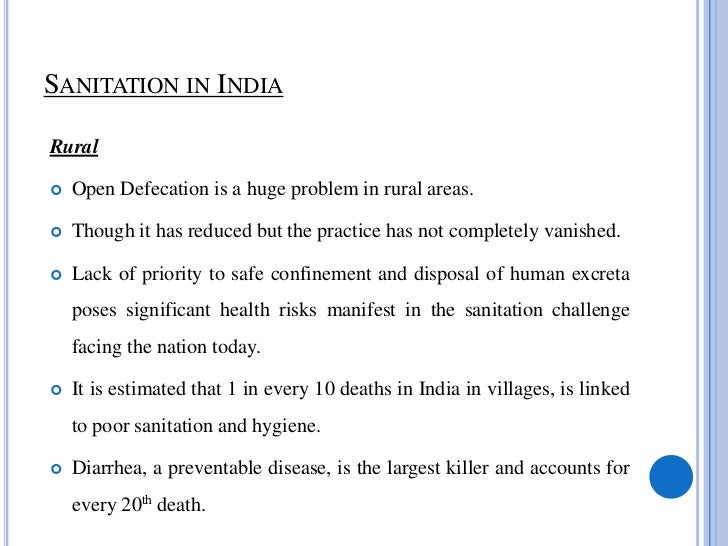Social distancing & Challenges In India: Sociological perspective
Relevance: sociology: Social Changes in India: Slums and deprivation in urban areas. Poverty, deprivation and inequalities. & G.S paper I: Society and social issues: & G.S paper II: Polity: Governance: Issues relating to development and management of Social Sector/Services relating to Health,Issues relating to poverty and hunger.
CONTEXT
Social distancing, regular handwashing, and self-isolation are being touted as preventive measures to tackle the spread of COVID-19. But, for the majority of Indians, complying with such norms are privileges that they cannot afford.
The World Health Organization’s (WHO) guidelines for protection against COVID-19 are simple and basic. They advise people to wash their hands frequently with soap and water, practice social distancing, and stay home if one happens to be in an affected area or has been exposed to the virus in any way. They also advise home quarantine for people who are in or have recently visited (in the past 14 days) COVID-19 affected areas to avoid the spread of the disease (World Health Organisation nd).
Even as healthcare systems in developed countries, like the United States (US), the United Kingdom (UK), and Italy, have not been able to contain the rapidly rising number of cases, following such advice is crucial to pre-empt the spread of the virus, especially in low- and middle-income countries where healthcare systems are even less developed.
But, in reality, in a densely populated country like ours, how practical it is to adhere to these guidelines?

Using the latest National Sample Survey Office (NSSO) data on housing and sanitation (76th round, 2018), an assessment was made for availability of basic housing and related amenities, such as sanitation facilities, which are minimum requirements for following WHO guidelines effectively.
In the assessment, per capita availability of rooms, access to water, and bathing and toilet facilities as prerequisites for compliance with the social distancing norms, and to maintain hygiene.
Poor Living Spaces
Examining the housing infrastructure in India reveals that almost a third of the rural population and half of the urban population in India live in houses where the per capita space available is less than a single room, which effectively means that isolating a person with the risk of infection is extremely difficult. This implies that home quarantine/self-isolation measures would be difficult to implement among 60% of the population in the event of spread of infection.
Water availability
The availability of running water in houses is a necessity to ensure frequent handwashing with soap. The NSSO data reveals that 40% of urban households and 75% of rural households in India do not have access to tap water in the house or within their residential premises
It means that households fetch water from public taps, wells, or other communal water sources. This implies that while maintaining hand hygiene itself is difficult in these circumstances, there is a higher risk of contamination of water and also the spread of infections during public health crises.
Additionally, it has been found that the average time required to fetch water from community sources is close to an hour everyday implying that social distancing is difficult to follow for a large proportion of households. As is the practice in many developing countries, the burden of fetching water is predominantly on women (73%) exposing them to greater health risks.
Poor Sanitation Facilities
Access to exclusive washrooms and latrines required to maintain hygiene to avoid coming into contact with viral discharges of infected persons . Among the rural households, 45% have no access to exclusive washrooms, and 39% have no access to exclusive latrines, of these 5% each use public facilities.
In urban areas, while the percentage of people without access to washrooms and latrines is lower at 9% and 4% respectively, a higher proportion of households use common/public washrooms and latrines (11% and 13.5% respectively).
Overall, about 8% of the Indian population uses public sanitation facilities and a quarter of the population has no access to any sanitation facility, making it difficult to follow good hygiene.
Prevalence of Proper Handwashing Practices
Finally, handwashing practices among Indians, before meals and after defecation to understand how strongly embedded is the idea of washing hands with soap and water.
It was found that while 75% of the population wash their hands using soap and water after defecation, only 34% do so before having a meal. The majority of the population (62%) use only water to wash hands before meals. This shows that the most crucial practice to curtail infections through handwashing with soap several times a day is a habit that the majority of Indians are yet to cultivate.
The analyses demonstrate that maintaining social distancing, following hygiene, and complying with self-isolation guidelines is extremely difficult for a majority of the population due to existing housing and sanitation facilities. Even if information regarding preventive measures is disseminated to reach the entire population, the lack of basic amenities renders the less-privileged sections of the Indian society defenceless against COVID-19.
For more such notes, Articles, News & Views Join our Telegram Channel.
Click the link below to see the details about the UPSC –Civils courses offered by Triumph IAS. https://triumphias.com/pages-all-courses.php

